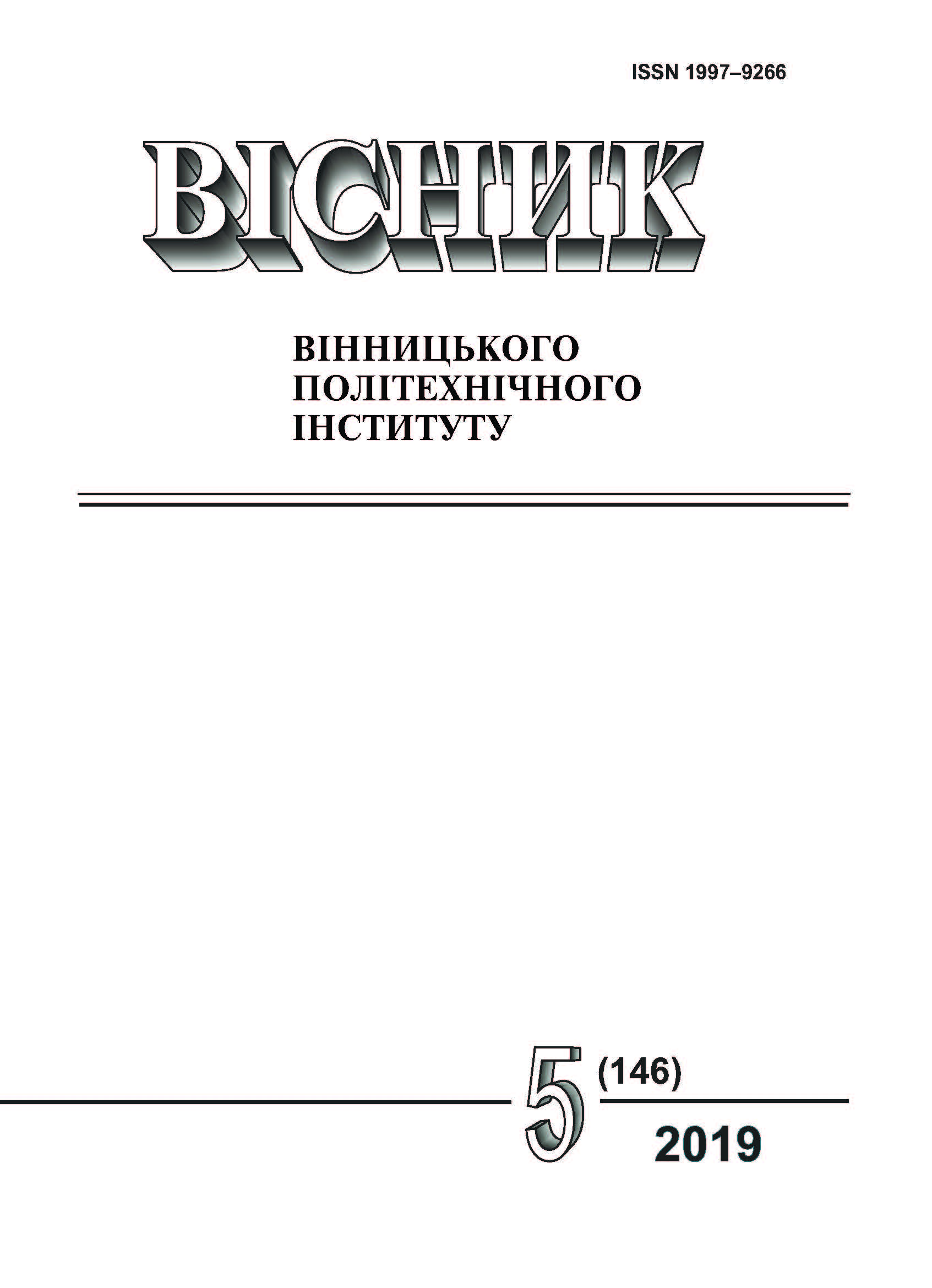The Relevance of Usage of Gas Condensing Boilers for Heating of Low-rise Housing
DOI:
https://doi.org/10.31649/1997-9266-2019-146-5-28-34Keywords:
natural gas, energy efficiency of condensing gas boilersAbstract
The problem of energy conservation and energy efficiency are of great strategic importance for the development of the country’s economy. The construction sector is one of the largest consumers of fuel and energy resources, accounting for up to 40 % of all energy resources consumed in the country. Increasing the share of low-rise housing requires an increase in the cost of building materials and energy resources for the upkeep of the building, which in turn requires the introduction of innovative technologies for the use of energy resources.
The study is devoted to the analysis of the use of natural gas for the heat of providing low-rise housing. The modern trends of growth of volumes of low-rise housing which require increase of material and energy resources at the stage of construction and operation are revealed. Organizational and economic measures and mechanisms for reducing the use of natural gas are shown. The ecological aspects of natural gas combustion in comparison with other extractive carbohydrates are disclosed. The ways of reducing the environmental load on the environment when using gas condensing boilers are shown. The advantages of condensing gas boilers over convection gas boilers are given. The economic advantages and technological peculiarities of the use of condensation technologies in heating of low-rise residential buildings are shown.
The mechanism of formation and ways of utilization of acid condensate, which is formed during the combustion of natural gas, are considered. The composition of flue gases and acid condensate is presented. Methods of gas condensate utilization are suggested. The perspective of reduction of natural gas consumption by accumulation of acid condensate and subsequent extraction of thermal energy using heat pumps is shown.
References
Розпорядження Кабінету Міністрів України від 18 серпня 2017 р. № 605-р. Енергетична стратегія України на період до 2035 року «Безпека, енергоефективність, конкурентоспроможність».
М. К. Безродний, та Н. О. Притула, «Ефективність роботи теплового насоса в системі теплопостачання з використанням теплоти відхідних газів після конденсаційного котла,» Наукові вісті Національного технічного університету. України «Київський політехнічний інститут», № 5, c. 18-23, 2014.
М. М. Жовмір, «Утилізація низькотемпературної теплоти продуктів згорання палива за допомогою теплових насосів,» Промышленная теплотехника, № 2, c. 90-98, 2008.
А. Б. Гаряев, Е. В. Цепляева, и Г. П. Шаповалова, «Система теплоснабжения на основе тепловых насосов, утилизирующих теплоту влажных газов,» Промышленная энергетика, № 8, c. 25-29, 2010.
М. К. Безродний, та Н. О. Притула, «Термодинамічна ефективність теплонасосної схеми опалення з використанням теплоти відхідних газів котлів,» Промышленная теплотехника, № 1, c. 59-67, 2014.
С. Й. Ткаченко, та Л. А. Боднар, Підвищення ефективності спалювання палива та охорона навколишнього середовища, навчальний посібник. Вінниця: ВНТУ, 2012, 68 с.
А. У. Липец, Л. В. Дирина, и И. И. Надыров, «Об использовании скрытой теплоты парообразования водяных паров уходящих газов в мощных энергетических котлах,» Энергетик, № 2, с. 19-20, 2002.
ООО «Бош Термотехника». «Полное использование теплоты сгорания,» Промышленные и отопительные котельные и мини-ТЭЦ, № 5, с. 26-31, 2014.
А. А. Паршин, и др. Тепловые схемы котлов. Москва: Машиностроение, 1987, 224 с.
«Проблема нейтралізації конденсату конденсаційних котлів,» СОК (Сантехника, Отопление, Кондиционирование), № 2, 2014. [Електронний ресурс]. Режим доступу: https://www.c-o-k.ru/articles/problema-neytralizacii-kondensata-kondensacionnyh-kotlov .
«Котловые инновации,» СОК (Сантехника, Отопление, Кондиционирование), № 12, 2014. [Электронный ресурс]. Режим доступа: http://www.c-o-k.ru/articles/kotlovye-innovacii .
А. А. Долінський та ін., «Утворення кислого конденсату при глибокій утилізації продуктів згоряння природного газу і обладнання для його нейтралізації,» ОНАХТ. Наукові праці, т. 80, вип. 1, с. 4-8, 2016.
«Нейтрализация конденсата для газовых котлов,» Сайт компании Wilo. [Электронный ресурс]. Режим доступа: http://www.nasosof.ru/neytralizatsiya-kondensata.html .
Фильтр-нейтрализатор для конденсационных котлов СВ–KKN-COLOMBO. [Электронный ресурс]. Режим доступа: https://baxi.ru/upload/iblock/223/neytralizator-kondensata-dlya-napolnykh-kotlov.pdf .
Б. Я. Целень, «Спосіб безреагентної нейтралізації кислого конденсату продуктів згорання природного газу,» Наукові праці, Одеська національна академія харчових технологій, т. 2, вип. 47, с. 109-111.
А. А. Долинский, Ю. А. Щуркова, и Б. Я. Целень, «Технология и оборудование для нейтрализации кислых стоков,» Промышленная теплотехника, т. 36, № 5, с. 89-105, 2014.
А. А. Долінський, Принцип ДІВЕ та його використання в технологічних процесах. Київ, Україна: Наукова думка, 2001, 346 с.
Downloads
-
PDF (Українська)
Downloads: 312
Published
How to Cite
Issue
Section
License
Authors who publish with this journal agree to the following terms:
- Authors retain copyright and grant the journal right of first publication.
- Authors are able to enter into separate, additional contractual arrangements for the non-exclusive distribution of the journal's published version of the work (e.g., post it to an institutional repository or publish it in a book), with an acknowledgment of its initial publication in this journal.
- Authors are permitted and encouraged to post their work online (e.g., in institutional repositories or on their website) prior to and during the submission process, as it can lead to productive exchanges, as well as earlier and greater citation of published work (See The Effect of Open Access).





